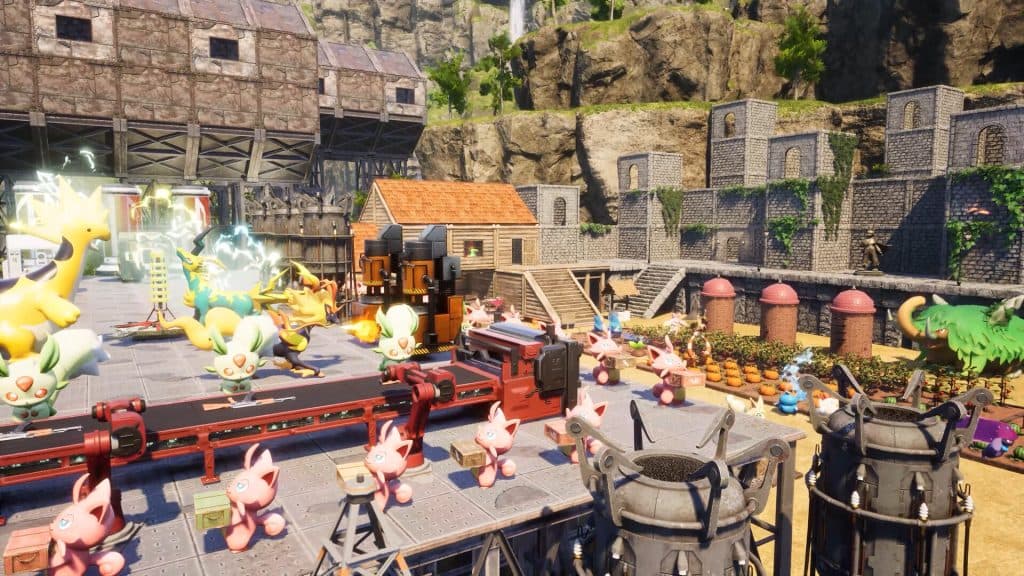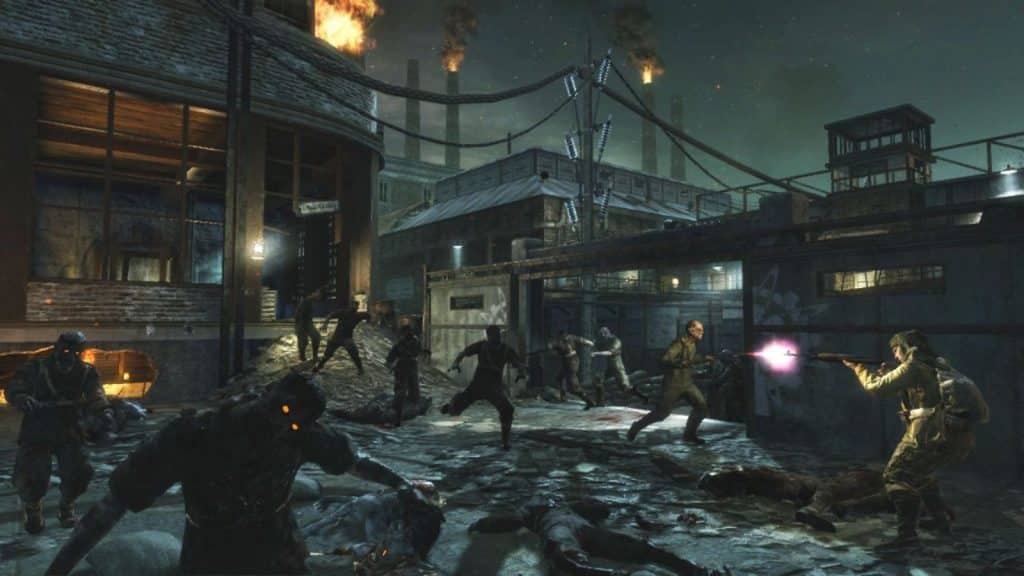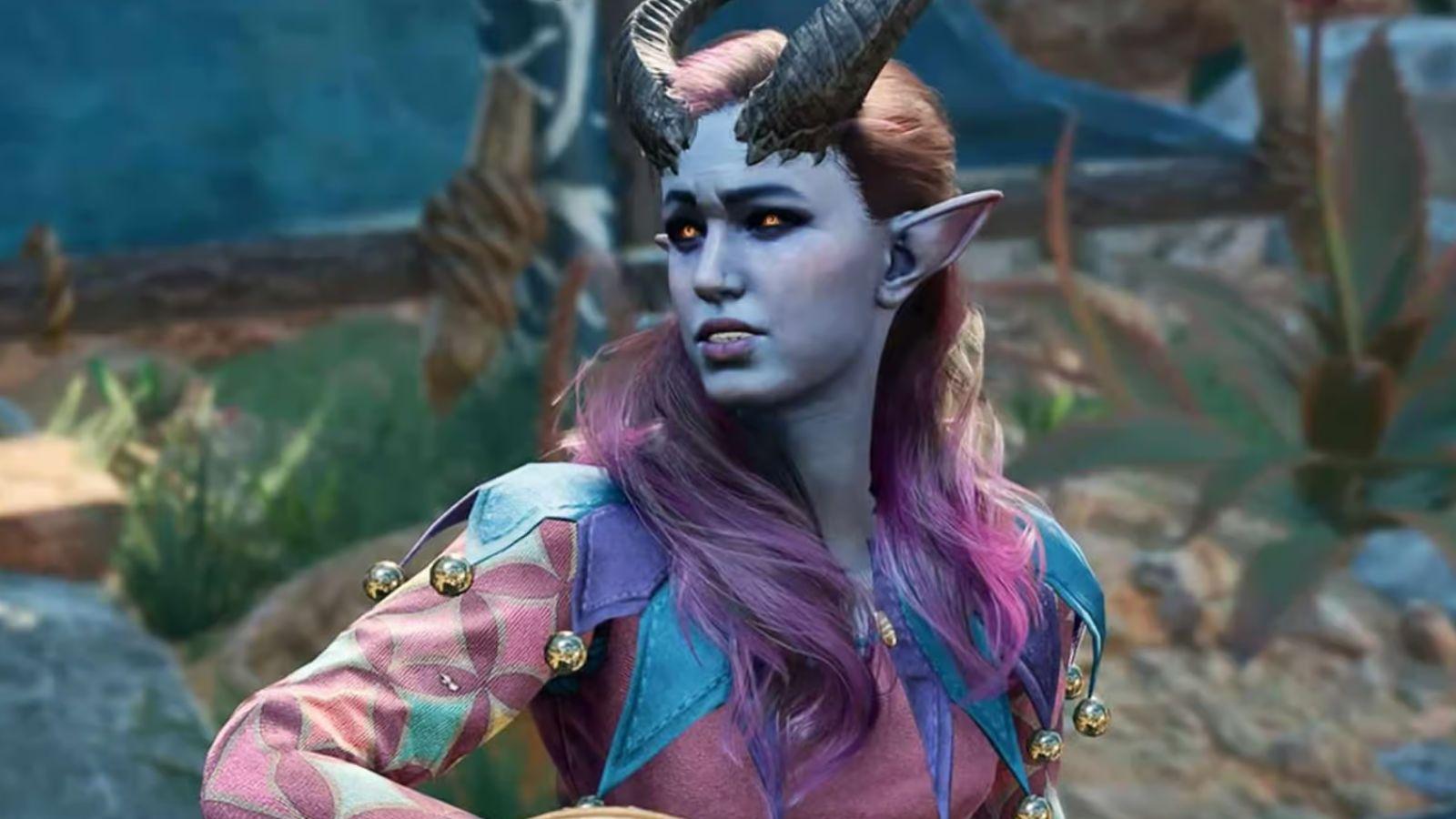Palworld and Baldur’s Gate 3 prove we need more from AAA publishers
 POCKET PAIR / The Pokemon Company
POCKET PAIR / The Pokemon CompanyThe last few years have seen indie games reaching unprecedented levels of success, with the likes of Palworld and Baldur’s Gate 3 skyrocketing to the top of players’ wishlists. It’s these achievements that have proved one thing — AAA publishers just aren’t giving players enough.
Whether it’s through controversy, an extended early access period, or just quality gameplay, indie games have taken over the industry in the last few years. We’ve seen titles emerging from smaller developers and watched as they’ve outsold iconic games that have been adored for decades.
So, when you take a look back at these successes and the failures of many AAA titles, it’s hard to ignore how rapidly the community has changed. Now, as we roll into 2024, many are waiting to see whether those AAA publishers will end up matching the new standard, but is that standard unprecedented?
Popularity airs on the side of caution
 Pocketpair
PocketpairThe seismic shift in indie popularity is nothing new, with the likes of Stardew Valley, Hades, Cuphead, Undertale, and more retaining their spots as some of the most beloved titles of all time. However, Baldur’s Gate 3 and Palworld feel different. Their close proximity to each other and long-running periods of success are highlighting a colossal change in community sentiment, with an aura of frustration being aimed at the AAA publishers for their quality and quantity of releases.
It’s no secret that popular AAA games are facing a need for change. One look into the communities of Diablo, Call of Duty, Pokemon, and even the upcoming Skull & Bones title, and you’ll see players slamming certain features, creative choices, bugs, and the overall quality of the game.
With the introduction of Baldur’s Gate 3 and Palworld, that frustration is only growing, leaving many gamers wondering how these indie titles manage to ‘outdo’ their AAA counterparts.
That answer lies in caution and circumstance. Take Baldur’s Gate 3 for example, which was in early access for three and a half years and in development for over six years. During this period, Larian Studios had the time and resources to finely craft the story, companions, and everything that makes the game great. They could be cautious and garner popularity through their attention to detail and care for community thoughts, rather than dealing with yearly demand or expectations.
Then there’s Palworld. Interestingly, along with a genuinely enjoyable gameplay design, this game has garnered most of its love and support from controversy. They alternatively had the luxury of a lack of caution, allowing them to almost retrospectively lean into the similarities and take ideas from AAA games they knew were popular to create a game many have and are continuing to fall in love with.
That caution, controversy, and time to polish may feel like an obvious step in crafting a popular game, but it’s just not always possible for some AAA games that have to be released once a year, have a large team, or are facing some unreachable standards.
Unfair advantages meet a contrast in desires
 Activision
ActivisionIt’s those standards that we must delve into when looking into AAA games, along with how easy it is to dislike something rather than love it.
When experiencing a game you’ve grown up with, like Call of Duty or Pokemon, it’s practically impossible to match that level of nostalgia you experienced years before. As such, Indie games seem to receive an unfair advantage thanks to the lack of expectations and a collaborative desire to just enjoy the game and see what it brings. Whereas AAA games like the aforementioned titles are at a distinct disadvantage, with fans expecting an improvement on what came before.
Sure, certain AAA releases in 2023 felt underwhelming due to their many bugs, problematic launches, and constant delays, but that doesn’t just echo those larger games. It’s just the notion that those are the ones people focus on, rather than the smaller indie games that flop unless they bring intense controversy along with them.
Essentially, AAA games do need to bring in more of a focus on their quality and polishing, but it’s almost impossible to hold indie games to the massive franchises due to a contrast in desires, alternative style, and distinct differences in how they’re brought to market.
Not all games are created equal
While the rise in indie success didn’t start with Baldur’s Gate 3 or Palworld, the two coming to such popularity so close to each other highlights the community sentiment, with many choosing to praise the aforementioned games, while slamming the likes of Pokemon, Call of Duty, Diablo, and more.
Naturally, the different styles are hard to compare due to the contrasting practices, goals, and gameplay — but one thing is certain, many AAA publishers would do well to learn from their indie counterparts.



